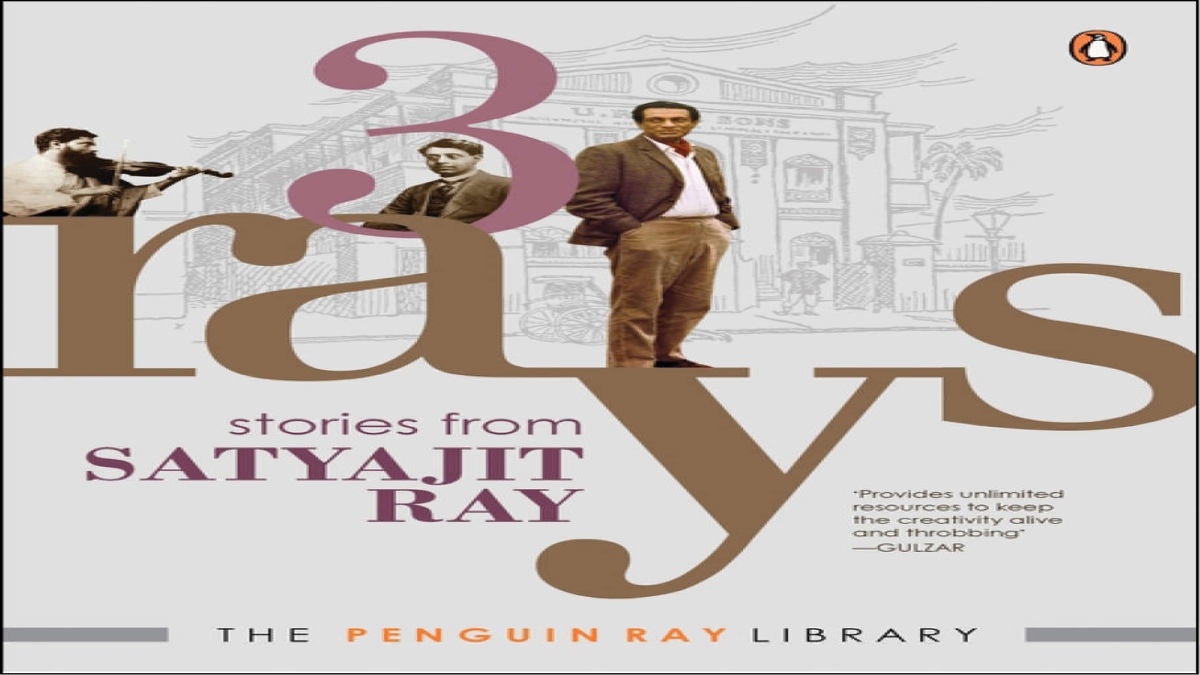
Satyajit Ray was a Bengali motion-picture director, writer, and illustrator who brought the Indian cinema to world recognition with Pather Panchali (1955; The Song of the Road) and its two sequels, known as the Apu Trilogy. As a director, Ray was known for his humanism, his versatility, and his detailed control over his films and their music.
There is unanimity among different sections of polemists who regard Satyajit Ray as the man who heralded realism in Indian cinema and whose contribution is strongly felt in India and the world, not only in the cinematic arena but in the overall movement of realistic art.
Ray was a thinker, a writer, and a gifted speaker, which made him distinctively creative and appealing to a different class of observers.
At a different point in time, Rabindranath Tagore induced Ray’s mother to send him to receive an art education at Shantiniketan, which Ray happily joined to live under the shadow of Tagore rather than earn formal recognition in art.
After Tagore’s death, he felt living on the campus was purposeless and thus left his art training in the final year in favour of travelling across India with meagre resources but the rich company of a few like-minded friends. Ray, like Tagore, was always drawn to the lovely aspects of life and work.
The motion-picture director also established a parallel career in Bengal as a writer and an illustrator, especially for young people. He revived the children’s magazine Sandesh (which his grandfather had started in 1913) and edited it until his death in 1992.
Ray was the author of numerous short stories and novellas. His stories have been translated and published in Europe, the United States, and elsewhere.
On his centenary birth anniversary, “3 Rays: Stories from Satyajit Ray”, the first book in The Penguin Ray Library series, opens a window to the brilliance of this Renaissance man. With more than forty stories and poems along with many unpublished works, autobiographical writings, and illustrations by Ray, this volume offers a unique glimpse into Ray’s creative genius.
The story-telling prowess of all three Rays is known to all Ray lovers; their spectrum was vast, enchanting on one hand, and thought-provoking on the other. Between them, the trio elevated Bangla literature to a level that is difficult to match, leaving a veritable treasure trove of poems, stories, plays, songs, and illustrations for future generations to grow up with, learn from, be fired by, and be horribly proud of The book 3 Rays: Stories from Satyajit Ray is a treasure trove. The book covers the works of three generations of the Ray family. Starting with Upendrakishore, moving on to Sukumar, and finally Satyajit.
As a filmmaker, he met the acclaim he deserved, though his contributions as a writer remained subdued under the deep canopy of the former.
The Society for the Preservation of Satyajit Ray Archives, which had been formed in 1994 to preserve Ray’s works and disseminate them to a wider audience than what had been hitherto possible, is the chief driver of this compilation. Some of Ray’s writings on cinema are collected in Our Films, Their Films (1976). His other works include the memoir Jkhona Chhota Chilama (1982; Childhood Days).
According to Sandip Ray, Satyajit Ray’s son, Ray had translated his grandfather’s, his father’s, and his own works during his protracted film-making years.
The works translated by Satyajit Ray himself give a brilliant insight into the literary brilliance of the Ray family. The highlight of the book is the two original stories written by Ray in English. His short stories were published as collections of “Twelve Stories,” in which the overall title played with the word “Twelve.” Ray’s interest in puzzles and puns is reflected in his stories.
Ray’s short stories give full rein to his interest in the macabre, suspense, and other aspects that he avoided in film, making for an interesting psychological study.
The book 3 Rays: Stories from Satyajit Ray has Sukumar Ray’s illustrations of his Abol-Taabol poems. Only Satyajit Ray could have translated the very delightful Abol-Taabol, retaining their inimitable, endearing humour and unmatched language kaarigari.
The same is true for Upendrakishor’s stories. The book has the film treatment of Goopy Gyne Bagha Byne, replete with all its iconic illustrations.
Ray had translated to English his own stories for Sandesh, his grandfather’s children’s magazine that he restarted and edited from 1961 onward. As we know, his grandfather passed away six years before his birth.
A very young Satyajit was fascinated by his printing press, U. Ray & Sons, in their house and got acquainted with Upendrakishore through his books, drawings, and a few bound volumes of Sandesh, the magazine he went on to revive.
I absolutely loved revisiting them all as well as re-studying all his impeccable illustrations. A must-read for those who love Ray’s writings.
Satyajit Ray, through his life, philosophy, and works, offered a unique aesthetic sensibility that took Indian cinema, art, and literature to a new height. An ace designer, music composer, illustrator, and gifted writer, Ray gave us the awe-inspiring sleuth Feluda and the maverick scientist, Professor Shonku—two iconic characters loved and revered by millions of readers.
For the book 3 Rays: Stories from Satyajit Ray, the effort put forth by Sandip Ray and the team to chronicle the journey and compile the writings of his father, original English prose, translations of his stories, plotlines, and a brief history of the family provides a masterpiece for those who hold on to them and the memories they represent.
If you want to fire up your imagination, see the squeal of delight at those clever stories and fantastic illustrations which you feel while reading the book and are captivated by the genius all-around storytelling skills.